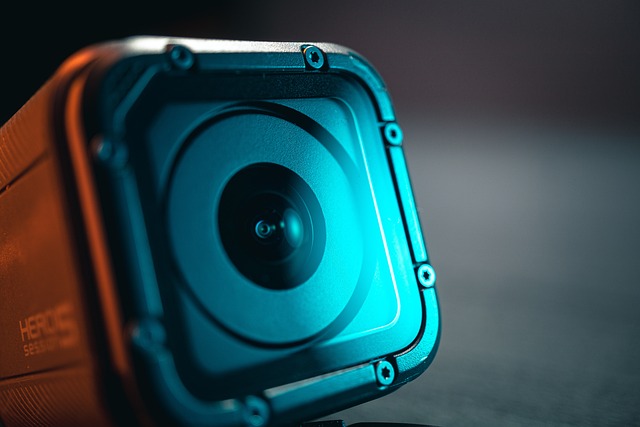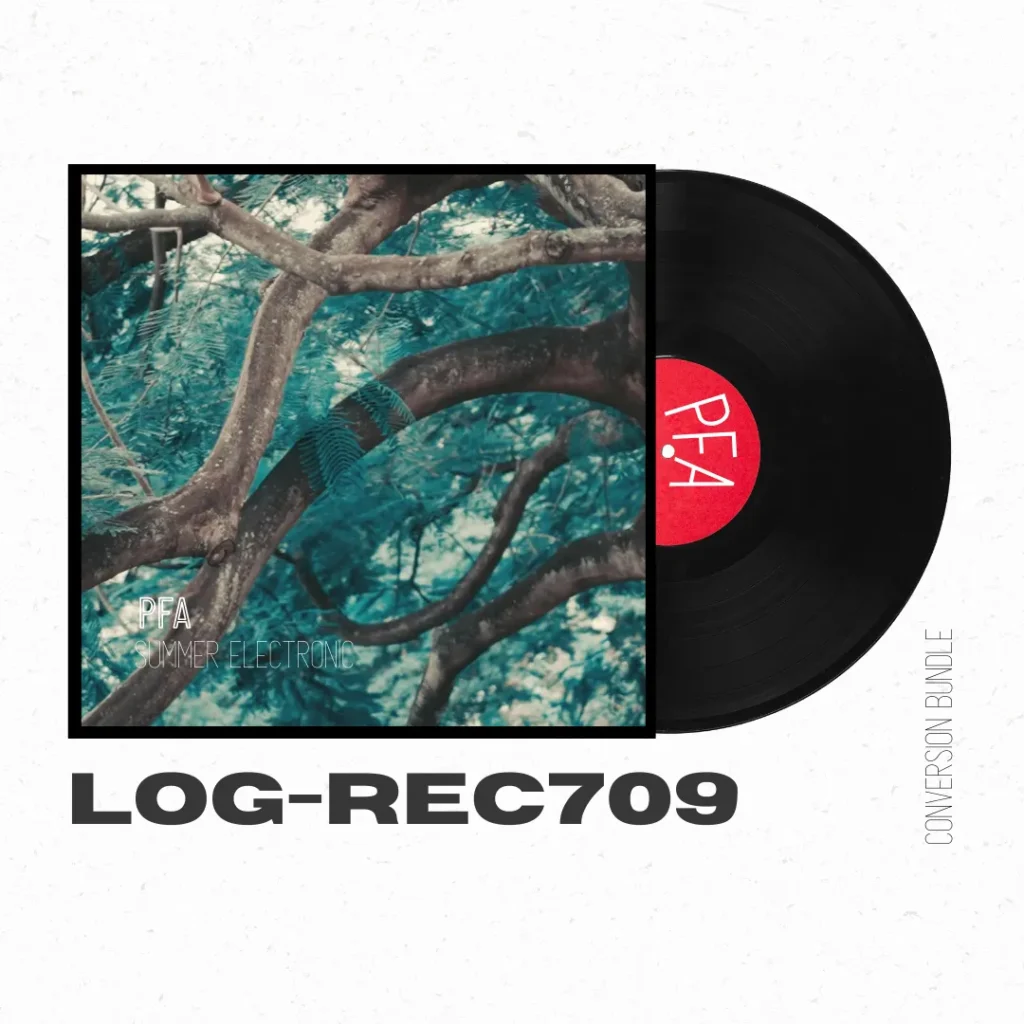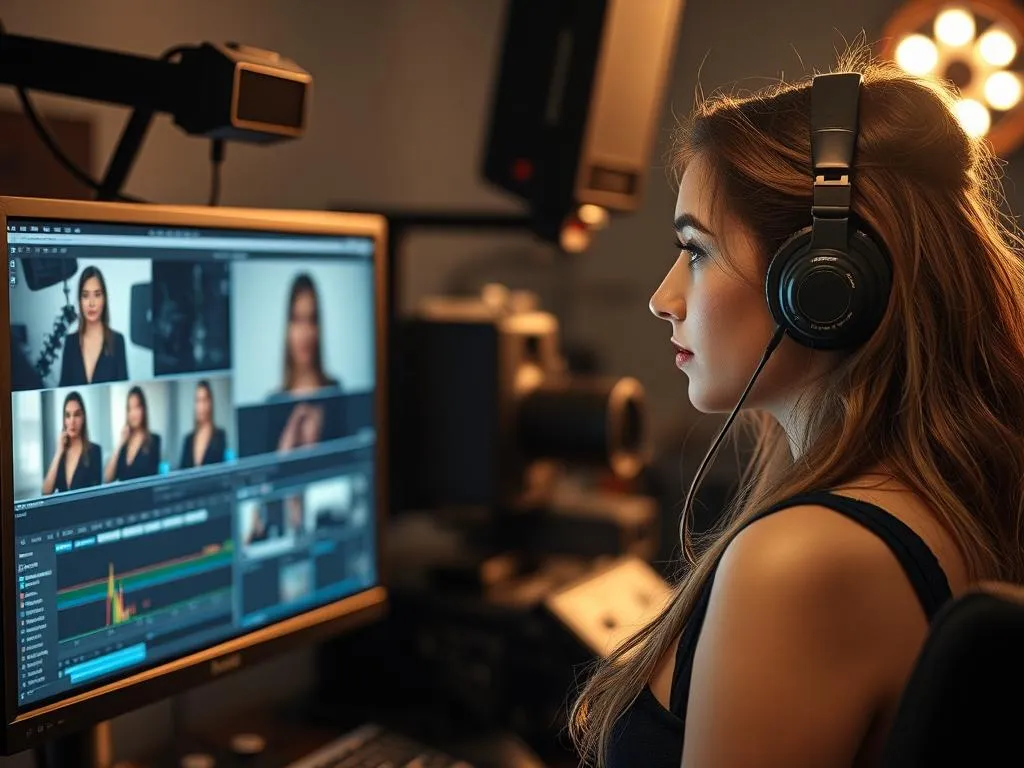Master Color Grading with Free LUTs for Final Cut Pro
- by passionfuelsambition.com
- November 6, 2024
- 5 Minutes
Color grading is an essential aspect of the post-production process that can dramatically alter the mood and tone of a film or video project. As I delve into this fascinating world, I realize that color grading is not merely about adjusting colors; it’s about storytelling. The hues, saturation, and contrast I choose can evoke emotions, guide the viewer’s attention, and even influence their perception of the narrative.
By manipulating colors, I can create a sense of warmth or coldness, highlight specific elements within a scene, or even establish a particular time of day. This intricate dance of colors allows me to breathe life into my footage, transforming raw images into a cohesive visual experience that resonates with my audience. Moreover, understanding color grading involves familiarizing myself with the various tools and techniques available.
From primary corrections that adjust overall exposure and color balance to secondary corrections that target specific areas within a frame, each step in the grading process is crucial. I often find myself experimenting with different color wheels, curves, and sliders to achieve the desired look. The beauty of color grading lies in its subjectivity; what works for one project may not suit another.
This realization drives me to continuously learn and adapt my skills, ensuring that I can effectively convey the story I want to tell through my unique visual style and free luts for final cut pro.
Key Takeaways
- Color grading is the process of enhancing and altering the color of a motion picture, video image, or still image.
- LUTs, or Look-Up Tables, are preset color grading profiles that can be applied to footage to achieve a specific look or style.
- Free LUTs can be easily used in Final Cut Pro by importing them into the software and applying them to your footage.
- Free LUTs can be found and downloaded from various websites and online platforms that offer a wide range of options for different styles and looks.
- Applying LUTs to your footage in Final Cut Pro is a simple process that can greatly enhance the visual appeal of your project.
Introduction to LUTs
LUTs, or Look-Up Tables, are powerful tools in the realm of color grading that have revolutionized how I approach my projects. Essentially, a LUT is a preset color profile that allows me to apply a specific look to my footage with just a few clicks. This efficiency is particularly beneficial when I’m working on tight deadlines or when I want to maintain consistency across multiple clips.
By using LUTs, I can quickly achieve a polished and professional appearance without spending hours on manual adjustments. The versatility of LUTs means that they can be used for various styles, from cinematic looks to vibrant and stylized aesthetics. As I explore the world of LUTs further, I discover that they come in various formats and can be applied across different editing software.
Whether I’m using Final Cut Pro, Adobe Premiere Pro, or DaVinci Resolve, there’s a LUT out there that can enhance my footage. The beauty of LUTs lies not only in their convenience but also in their ability to inspire creativity. When I apply a particular LUT to my footage, it often sparks new ideas and directions for my project.
This transformative power makes LUTs an invaluable resource in my toolkit as I strive to elevate my storytelling through visual artistry.
How to Use Free LUTs in Final Cut Pro

Using free LUTs in Final Cut Pro is a straightforward process that can significantly enhance my editing workflow. First, I need to ensure that I have the LUT files downloaded and saved on my computer. Once I open Final Cut Pro, I navigate to the Effects panel and search for the “Custom LUT” effect.
By dragging this effect onto my clip in the timeline, I can access the settings where I can load my chosen LUT file. This simple drag-and-drop method allows me to apply a professional-grade look to my footage without any hassle. After applying the LUT, I often find myself adjusting its intensity to better suit my vision.
Final Cut Pro provides me with a slider that allows me to control how strongly the LUT affects my footage. This feature is particularly useful because it enables me to blend the LUT with the original colors of my clip, creating a more nuanced look. Additionally, I can combine multiple effects and adjustments alongside the LUT to further refine my project.
The flexibility offered by Final Cut Pro empowers me to experiment and find the perfect balance between the LUT’s impact and my creative intent.
Finding and Downloading Free LUTs
The internet is a treasure trove of resources for finding free LUTs that can elevate my projects without breaking the bank. Numerous websites offer high-quality LUTs created by talented filmmakers and colorists who share their work with the community. As I browse through these platforms, I often come across collections tailored for specific genres or moods, allowing me to find exactly what I need for my current project.
Websites like passionfuelsambition.com/shop-2 provide an array of options that cater to different styles and preferences, making it easy for me to discover new looks that resonate with my artistic vision. Downloading free LUTs is typically a simple process; most sites allow me to click a download button and save the files directly to my computer. However, it’s essential for me to ensure that I’m downloading from reputable sources to avoid any potential issues with quality or compatibility.
Once I have the LUT files saved, I organize them into folders on my computer for easy access during my editing sessions. This organization not only saves me time but also allows me to quickly experiment with different looks as I work on various projects.
Applying LUTs to Your Footage
Once I’ve found and downloaded the perfect LUTs for my project, applying them to my footage becomes an exciting part of the editing process. In Final Cut Pro, after dragging the Custom LUT effect onto my clip, I navigate through the settings to select the specific LUT I’ve chosen. As soon as I apply it, I can see an immediate transformation in my footage; colors pop, shadows deepen, and highlights become more pronounced.
This instant gratification fuels my passion for color grading and inspires me to explore further adjustments. However, applying a LUT is just the beginning of the journey. After seeing how the LUT interacts with my footage, I often take time to fine-tune other aspects of the clip.
For instance, adjusting exposure levels or tweaking contrast can help enhance the overall look even more. Sometimes, I find that certain clips require additional color correction after applying a LUT to ensure consistency across all scenes. This iterative process allows me to refine my work until it aligns perfectly with my creative vision.
Customizing LUTs for Your Project

While LUTs provide an excellent starting point for color grading, customizing them is where the real magic happens. After applying a LUT to my footage, I often find myself wanting to tweak certain elements to better fit the mood or style I’m aiming for. For instance, adjusting saturation levels can help bring out specific colors that may have been muted by the LUT’s application.
Additionally, playing with shadows and highlights allows me to create depth and dimension within each shot, ensuring that every frame tells its own story. Moreover, customizing LUTs also involves understanding how they interact with different types of footage. For example, if I’m working with footage shot in low light conditions or under harsh lighting, I may need to make more significant adjustments than if I’m working with well-lit scenes.
This adaptability is crucial as it allows me to maintain consistency throughout my project while still achieving a unique look tailored specifically for each scene. By embracing this customization process, I’m able to elevate my work beyond standard presets and create something truly original.
Tips and Tricks for Effective Color Grading
As I continue honing my color grading skills, I’ve gathered several tips and tricks that have proven invaluable in achieving effective results. One of the most important lessons I’ve learned is the significance of monitoring scopes while grading. Using tools like waveform monitors and vectorscopes helps me analyze exposure levels and color balance accurately.
By keeping an eye on these scopes throughout the grading process, I’m able to make informed decisions that enhance both technical quality and artistic expression in my work. Another essential tip is to always start with a solid foundation through primary color correction before diving into creative grading with LUTs. By ensuring that my footage is properly exposed and balanced first, I set myself up for success when applying LUTs later on.
This foundational work allows me to maximize the potential of each LUT while minimizing unwanted artifacts or color shifts that could detract from the final product. Ultimately, these practices not only improve the quality of my work but also instill confidence in my abilities as a filmmaker.
Final Thoughts and Further Resources
In conclusion, color grading is an art form that requires both technical knowledge and creative intuition. As I’ve explored various aspects of this process—from understanding color theory to utilizing LUTs—I’ve come to appreciate how vital it is in shaping narratives through visual storytelling. The ability to manipulate colors effectively allows me to evoke emotions and create immersive experiences for viewers.
With resources like passionfuelsambition.com/shop-2 at my disposal, I’m excited about continuing this journey and discovering new ways to enhance my projects. For those looking to deepen their understanding of color grading further, there are countless resources available online—tutorials, forums, and communities dedicated to sharing knowledge and techniques. Engaging with fellow filmmakers and colorists has opened up new perspectives for me and has been instrumental in refining my skills over time.
As I continue exploring this dynamic field, I’m eager to see how color grading will evolve alongside advancements in technology and storytelling methods in the years ahead.
If you’re looking for resources to enhance your video editing skills, particularly with Final Cut Pro, you might also be interested in exploring other free tools that can boost your creative projects. For instance, the article on unlocking your writing potential with free AI tools offers insights into various AI-powered resources that can help you with content creation, not just in writing but potentially in scripting and storyboarding for your video projects. These tools can be a great complement to free LUTs for Final Cut Pro, enhancing your overall production workflow.
FAQs
What are LUTs for Final Cut Pro?
LUTs, or Look-Up Tables, are files that contain color grading presets used to apply a specific look or color correction to video footage in Final Cut Pro.
Where can I find free LUTs for Final Cut Pro?
There are various websites and online communities that offer free LUTs for Final Cut Pro. Some popular sources include official Final Cut Pro forums, LUT libraries, and social media platforms where creators share their custom LUTs for free.
How do I install free LUTs in Final Cut Pro?
To install free LUTs in Final Cut Pro, you can simply drag and drop the LUT files into the LUTs folder within the application’s package contents. Alternatively, you can use the built-in LUT browser in Final Cut Pro to import and apply LUTs to your footage.
Are free LUTs for Final Cut Pro of good quality?
The quality of free LUTs for Final Cut Pro can vary depending on the source and creator. It’s important to review and test the LUTs before using them in your projects to ensure they meet your quality standards and work well with your footage.
Can I create my own LUTs for Final Cut Pro?
Yes, you can create your own LUTs for Final Cut Pro using color grading software or by manually adjusting the color and tone of your footage. Once created, you can save and apply your custom LUTs to achieve a consistent look across your projects.







